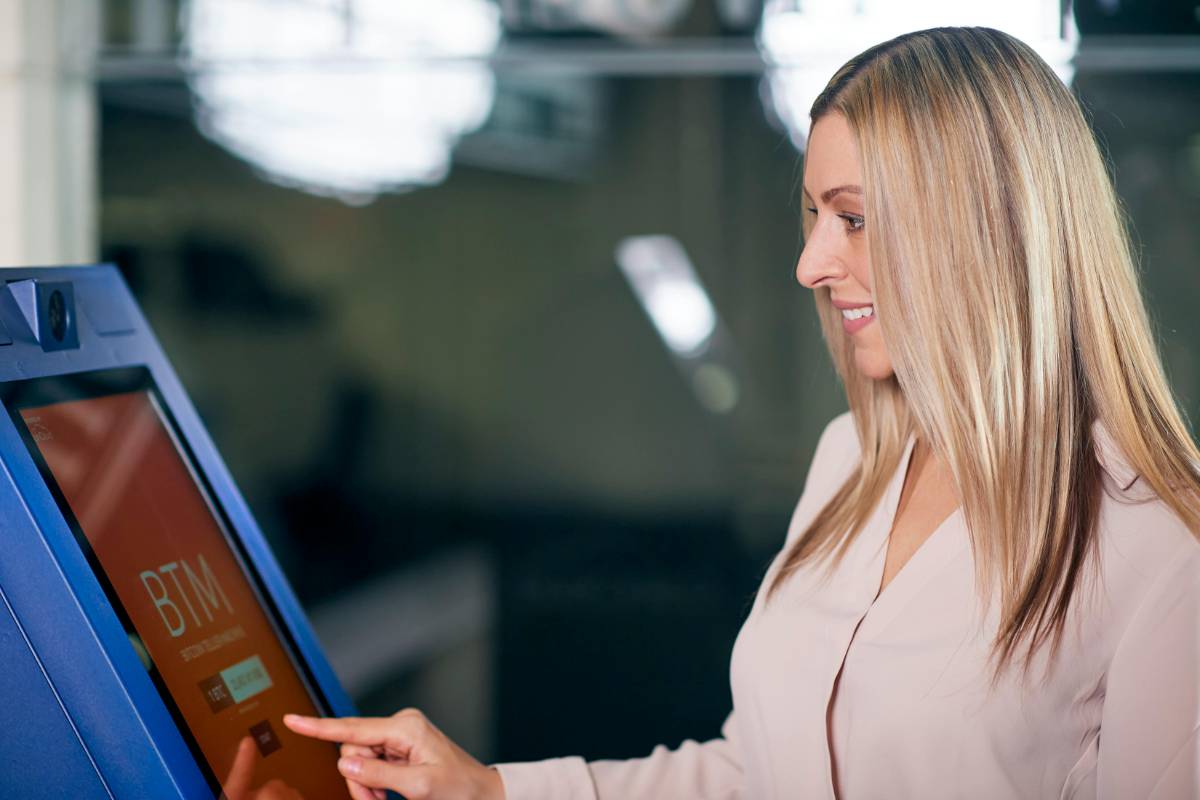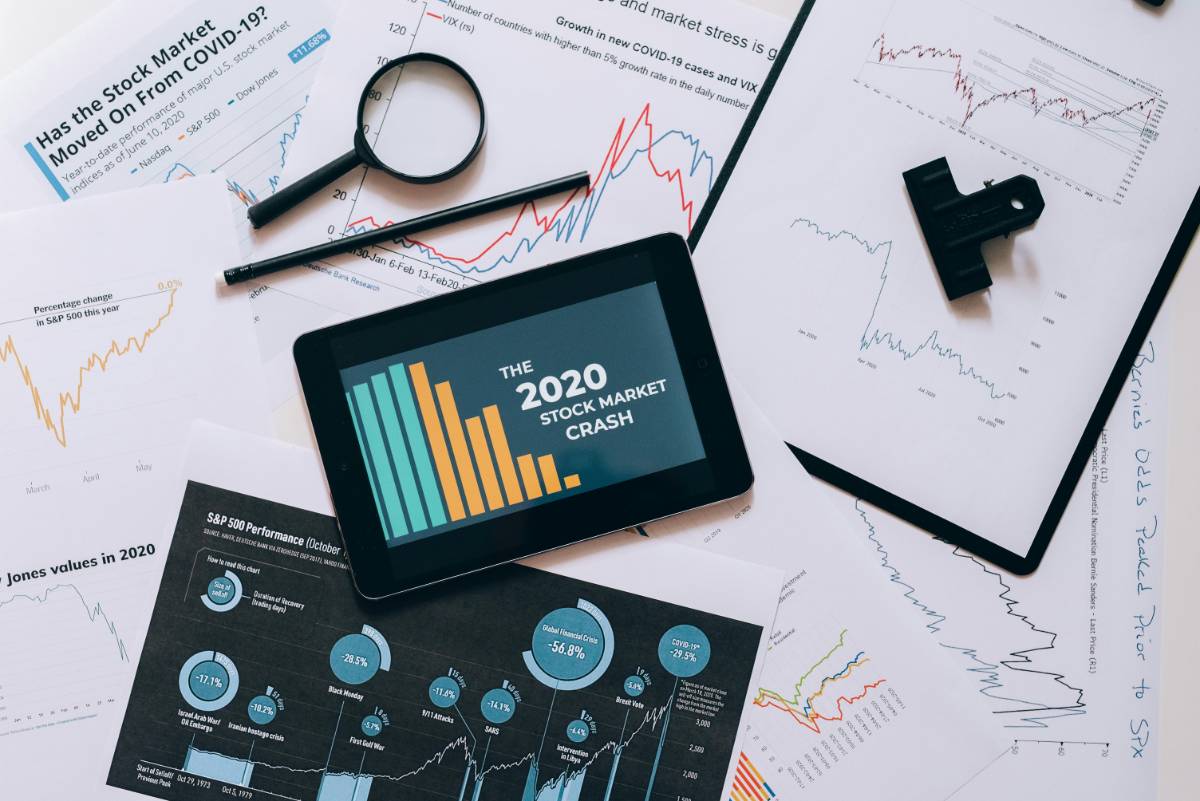The Future of Banking in the U.S.: Digital vs. Traditional
 By Anita Singh
By Anita Singh
You may also like!
The U.S. banking industry is undergoing a major transformation with the rise of digital banking. Traditional banks face increasing competition from online financial institutions, leading to a shift in how consumers manage their money.
Traditional Banking: Stability and Personalized Services
Brick-and-mortar banks have been the foundation of the financial system for decades, offering in-person customer service, loan consultations, and secure transactions.
Many customers still value the physical presence and trust associated with traditional banks.
The Rise of Digital Banking
Online-only banks and fintech companies provide a seamless, technology-driven banking experience with lower fees, higher interest rates, and 24/7 accessibility.
Mobile apps, AI-driven customer support, and instant transactions make digital banking more convenient than ever.
Comparing Costs and Accessibility
Traditional banks often charge higher fees due to operational costs, while digital banks reduce expenses by eliminating physical branches.
With increased smartphone adoption, digital banking continues to gain popularity, especially among younger generations.
Security and Trust Concerns
While digital banks use encryption and cybersecurity measures, some consumers remain wary of online fraud and data breaches. Traditional banks offer a sense of security with physical locations and FDIC insurance.
Balancing convenience with security is a key consideration for modern banking customers.
Conclusion
The future of banking in the U.S. will likely see a blend of digital and traditional services. Consumers will choose based on their needs, with digital banking leading in convenience and traditional banks maintaining a stronghold in personalized service and trust.



